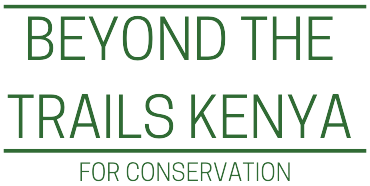Contact : +254 725 877 146
12 Climate Education Activities That Children Should Learn About
Climate education helps children understand how nature works, why the environment is changing, and how they can take action to protect the planet. These hands-on activities are designed to spark curiosity, build knowledge, and nurture responsible young environmental stewards.
Key Climate Education Activities for Children
Insect Study Walks (Entomology Exploration)
Children observe butterflies, dragonflies, beetles, and other insects. They learn how insects support pollination, decomposition, and the balance of ecosystems.
Bird Watching & Species Recording
With simple charts and logbooks, children identify and record different bird species. This teaches them about biodiversity, migration patterns, and the importance of protecting birds.
Tree Tagging & Naming
Children help label trees with both scientific and local names, learning each tree’s role in providing oxygen, preventing soil erosion, and supporting wildlife.
Water Quality Testing
Children test pH, temperature, and turbidity using basic tools. This activity helps them understand clean water, pollution, and how healthy water bodies support life.
Environmental Clean-Up & Waste Education
Through guided clean-ups, children learn about waste management, recycling, and the dangers of plastics to animals, plants, and human health.
Nature Journaling
Children draw plants and animals or write short entries about what they see in nature. This builds observation skills and strengthens their connection to the environment.
Indigenous Plant Nursery Activities
Children explore indigenous plants, learning how native trees support biodiversity, stabilize soil, and help regulate climate. They can also plant seedlings to support reforestation.
Mushrooms & Fungi Discovery
Children discover different types of fungi and learn how mushrooms break down organic matter and recycle nutrients in ecosystems.
Climate, Carbon & Peat Education
Using simple models, children learn how carbon is stored in nature, how climate works, and why protecting natural ecosystems is important for reducing climate risks.
Tree-Planting Activities
Children plant indigenous trees and learn how trees absorb carbon dioxide, provide shade, improve air quality, and protect soil from erosion.
Citizen Science Projects
Children collect simple ecological data—such as bird counts, insect sightings, or plant growth—to contribute to real environmental monitoring and learning.
Herbal Learning & Sustainable Foraging
Children learn to identify medicinal plants, understand their uses, and explore why sustainable harvesting protects plant diversity.
About the Author:
David Wakogy is a historian and environmentalist with a passion for uncovering the deep connections between nature and human culture. He can be reached at dwakogy@gmail.com.
